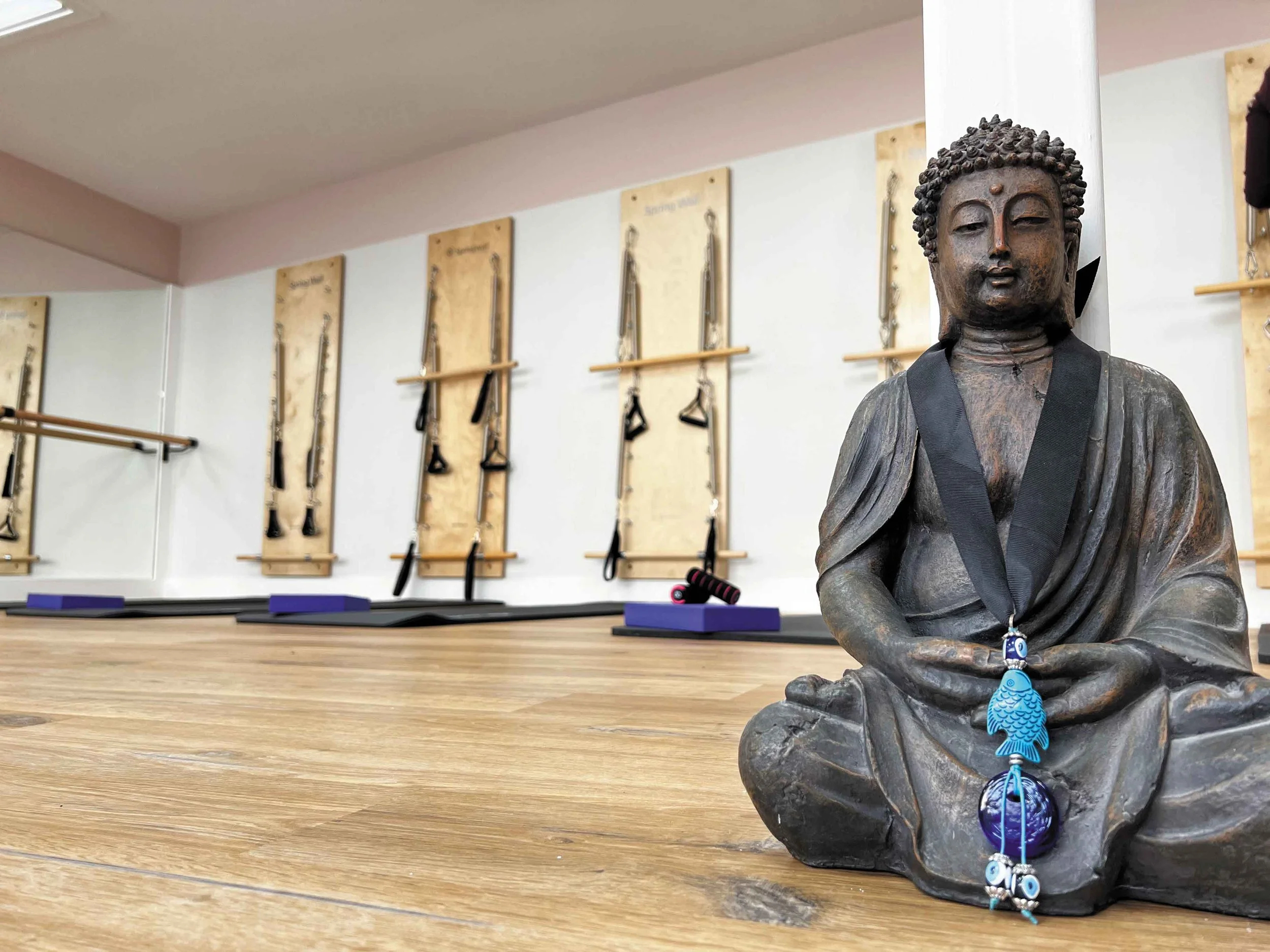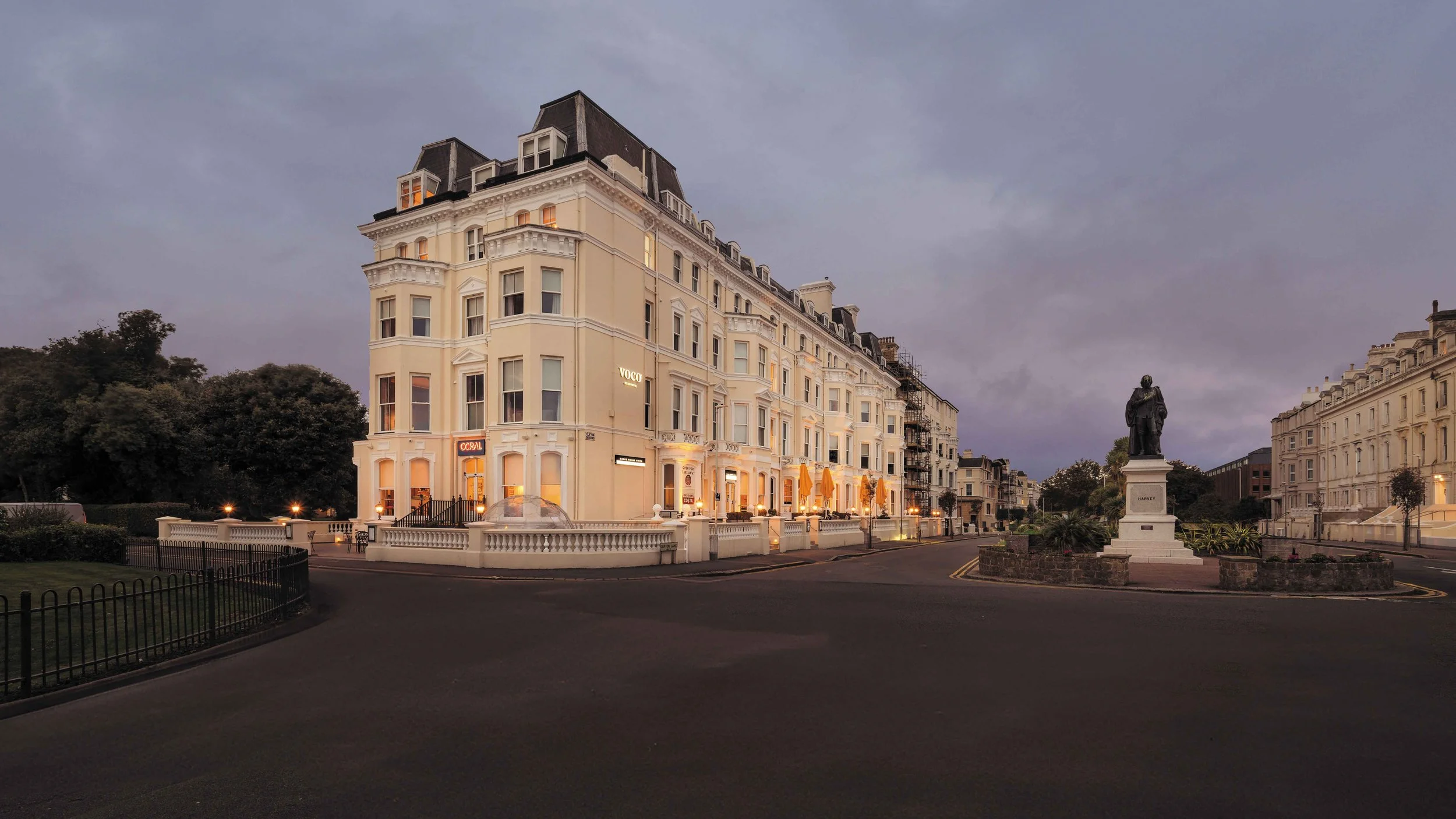REALLY REAL LIFE: Interview with Folkestone documentary photographer Edward Thompson
Documentary photographer Ed Thompson on finding the sublime in the everyday, happy holiday camps and chickens in jumpers
“I'm aware that when I take a photograph, it's a moment outside of time and what that means. People have forgotten just how insane the ability to take a photograph is. We can freeze a moment in time. For example, my dad is dead, but in this picture on my desk, here he is smiling at me on my birthday when I was five. Forever. What a gift, you know?”
Documentary photographer Edward Thompson is celebrating the release of his new book ‘Welcome To Dungeness’, which features images from the area taken back in 2011. It became Ed’s first work published as a photo essay in The Guardian Weekend Magazine. Dungeness is, of course, known for its Nuclear Power Stations and its claim as Britain’s only desert. It certainly has a lasting impact on people who both live there and those who visit to witness its unbelievable scenery and miles of views.
“Although it is somewhere often cited for its desolation and remoteness I found life there, real life,” says Ed.
The photo book is the third in a series that has been self-published by Ed, using photographs from his own archive - the previous being the award-nominated, Kent-focused ‘In-A-Gadda-Da-England (2022) and the stunning ‘When In The Lone Star State’ (2023), a series of portraits of people from Texas Hill Country during the George W. Bush years - an amazing precursor to Trump’s Make America Great Again era.






Finding sublime in the everyday, Ed’s photographic work has focused on various subjects over the years, covering environmental issues, socio-political movements and subcultures. While Ed’s family moved from Wales to Folkestone in the late 80s to use their mining skills to dig the Channel Tunnel, Ed’s own tendency to ‘read Nietzsche on the beach’, suggested his interests lay in the arts.
Finishing his Masters in Photojournalism at The London College of Communication, a life-changing experience at the iconic Arles Photography Festival in southern France led to an apprenticeship with the Russian photographer Sergey Chilikov. He taught a young Ed the value of shooting daily life. But with magazines and newspapers shrinking, dwindling photographic budgets and the rise of the camera phone in the early 2000s, achieving a career as a photojournalist was about to get a whole lot more difficult.
“It was insane,” recalls Ed. “I was like, 20, and I was hanging out with some of the world's most famous photographers [at Arles]. It was bonkers. And then I went from that, to being at the Job Center, to then becoming a holiday camp photographer!
“But it’s good. You do that because you need the work. But it leads to some interesting experiences, and it’s also a nice kick in the teeth for your ego. You graduate art college thinking you’re hot shit, and now you're having some dude argue with you because he doesn't want to pay a fiver for a photo of his kids sitting on the knee of a giant rabbit. It's good in a weird way.”
Since then his documentary photo essays have been published in international magazines including Newsweek Japan, Greenpeace Magazine, The Guardian Weekend Magazine, BBC, CNN and The Sunday Times Magazine. His work has been exhibited at The Saatchi Gallery, Christies, Somerset House and shown as part of photography festivals in Arles (France), Tampere (Finland), Zingst (Germany) and London (U.K). But it wasn’t always so.
“I dreamed of being a magazine photographer, and to do that, I kept shooting projects and pitching them to magazines,” says Ed. “I was having real trouble in London, just to get anywhere. A lot of the people I studied with were very international, and they would call up magazines and be like, ‘Hey, I'm in the country for like, two days, you know, let's meet, let's hang out here’.
“I suddenly realised if I just keep showing my work in England to English magazines, they're just going to ignore me. So I sent 10 letters out to agencies around Europe… and a month later, an Italian agency got back to me, and they said ‘Yeah, we like your style. We'll take you on the books. We'll distribute your photo essays’.
Continuing his photographic essays and long-form projects, arguably Ed’s big break hatched a little closer to home.
“The weirdest thing was when National Geographic Magazine reached out to me, and all of the Nat Geos around the world published my series on people rehoming chickens in Ashford, right here in Kent,” says Ed. “Battery-farmed, rescue chickens, basically, that's what made my career.
“All the kids who were very wealthy, the minute they finished the course in photojournalism, they went off flying around the world, to Beirut, to all the places you're supposed to go as a photojournalist. I couldn't afford to do that. But then I've got this shot of a guy smoking a joint with some battery farm chickens in Dymchurch in 2002 and I thought, ‘You know what? This may be a whole project’.
“I'm aware that I'm never going to be like the photojournalist that I dreamed of being, because that industry just doesn't exist. But I can tell stories. I just have to be very selective and very realistic. And that's where all this shooting in Kent started. Shoot local, think global. Because although Dymchurch is like an everyday place for me, to some dude in Tokyo, it's exotic.”
It is fair to say that Ed has embraced the scrum to win work and has shot more than 3,000 assignments, from celebrity portraiture on location for GQ Italy, to The Bill & Melinda Gates Foundation and the early days of the Covid pandemic in London. He also passes his experience on to others hoping to start a career in photography. He has lectured on photography at the V&A Museum, The Photographers Gallery, The Bishopsgate Institute and numerous universities, including his latest role at The Margate School.
Ed has also built up a substantial following on YouTube with his channel ‘Pictures On My Mind’, which covers topics such as tips for young photographers on showing off their work, through to debunking myths about legendary photographs. But Ed’s passion is for telling stories and he continues to deliver them to an audience without using mainstream publishers.
“Basically, I taught myself self-publishing,” he says. “I have all these old projects from my archive that I’m beginning to put out.
“It just took me a long time to work out that process, so, I dumped all these videos on YouTube saying, ‘Hey, you want to do this too?’, and created a step by step guide for other people. I’ve even got a 30 minute video on how to crowdfund to get the money to print a proper book.”
With more than 250k views and counting, Ed has continued his foray into video, with a promise of much more to come in the future, including a documentary.
He says: “I love documentaries because I don't construct stuff, there’s no faking this. It's real because it's real. Things happen that you didn't plan for, and sometimes the things you didn't plan for are absolutely mind bending.”











